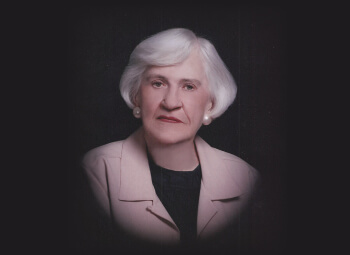I tend to look at statistics in a different way than many people because I’m a health journalist. True, I am not a “numbers person,” proven in fifth grade’s aptitude testing battery, so I might not otherwise pay as much attention. I do actually read numbers now because I want to pepper them liberally through my stories to add interest, validity, credibility and a sense of urgency. It’s World Alzheimer’s Month, and the numbers add up to some disturbing conclusions.
Anyone with a family member who has Alzheimer’s lives the reality of these statistics every day, as our family did.
Alzheimer’s by the Numbers
- There are 5.4 million people with Alzheimer’s disease in the United States.
- Some 35 million worldwide live with dementia.
Mom: Calla came over and we’re going to have a little sandwich. Couldn’t get anybody available that wasn’t already fixin’ and doin’. I tell you, Steph, I couldn’t be much lower or depressed than I am right now.
- Approximately 15 million Alzheimer’s and dementia caregivers do 17 billion hours unpaid at a value of $202 billion.
Me: I’m trying to figure out what the best situation is.
- Those caregivers incurred $7.9 billion in additional health care costs in 2010.
Mom: I wanna’ tell you they’ve got the idea that they’re thinking something, from the, from the vote…voting thing that I’m talking about. Ok, that’s the only thing that I can get and be around that is not depressing and really is amazingly doing good. I tell you, Stephie, I’m sorry, but I just really thought I’m just going to flop, and I’m not ready for it.
- More than 60 percent of family caregivers report high levels of stress because of the prolonged duration of caregiving and 33 percent report symptoms of depression.
Mom: Well, why don’t you just leave it be, honey, and do your thing and (cries) I’ll do mine.

Stop It!
Those are big, troubling numbers, no matter how you view them. But here’s more:
- Alzheimer’s is the sixth-leading cause of death in the country.
- It is the only cause of death among the top 10 in the United States that cannot be prevented, cured or even slowed.
- Based on mortality data from 2000-2008, death rates have declined for most major diseases while deaths from Alzheimer’s disease have risen 66 percent during the same period.
I find the last two statistics horrifying. “Generation Alzheimer’s” is being called “the defining disease of the baby boomers.” This comment bears repeating: “Too many of America’s baby boomers will spend their retirement years either with Alzheimer’s or caring for someone who has it.”
“Meanwhile, the mass of boomers are starting their inexorable march off the Alzheimer’s disease cliff like so many millions of lemmings,” wrote Dr. George Bartzokis of UCLA.
I’ve lived Alzheimer’s with my mother. It was worse than I ever imagined, as her care situation snowballed. I really don’t want to live Alzheimer’s with me. Am I worried? Yes, I confess, I am.
I remember Mom once saying, “I can’t believe I have this. How can it be?”
I replied: “Maybe you won’t know you have it.”
She did know, for much too long.
Ask your member of Congress to cosponsor the Health Outcomes, Planning, and Education (HOPE) for Alzheimer’s Act (S.738/H.R. 1386).